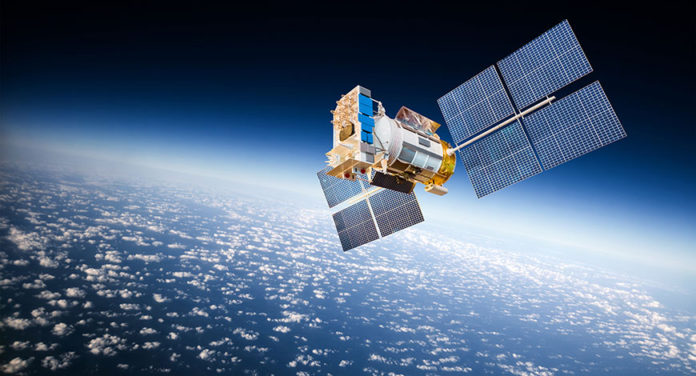Indian Space Research Organisation in June 2017 planned for the GSAT-19 and the GSAT-11 satellites to boost internet which can revolutionize communications by empowering a digital India and providing internet streaming and services like never before.
ISRO, at India’s rocket port Sriharikota, has done a mega-experiment spanking a new monster rocket is all set to launch an altogether new class of communication satellite. Director of the Space Applications Centre Ahmedabad, Tapan Misra, where the GSAT-11 and GSAT-19 call it “a game changer communications satellite for India”.
The dream has now turned into a reality. The heaviest satellite that the country has ever made is also a springboard for India to fully realize Prime Minister Narendra Modi’s Digital India programme. The heavyweight communications satellite GSAT-11 weighs six tonnes or the combined weight of six sedans is a boon for rural India. An industry analyst says that satellite-based Internet will be revolutionary for India’s telecommunication sector.
The Rs 500 crore satellite is now getting ready to be shipped to Kourou in French Guiana, South America, to be strapped on to the French Ariane 5 rocket in a few weeks for its launch. The satellites are so massive that each solar panel is, equivalent to the size of a room with a tall ceiling, over four meters long, equivalent to the size of a room with a tall ceiling.
ISRO Chairman AS Kiran Kumar in an interview told NDTV “This is our effort of providing a new capability to the country… The satellite-based Internet is only an indicator. We need connectivity from the Digital India perspective, especially to gram panchayat, talukas and the security force”.
The GSAT-11 satellite is equivalent to the combined power of almost all communications satellite sent into orbit by India. This single bird is like a constellation of 30 of the classical orbiting satellites.
India hired the French Ariane-5 rocket because the powerful rocket is able to carry the heavy satellite into orbit.
Thee 41st mission of the PSLV was seen as a big embarrassment to the Indian Space Research Organisation, which carried India’s first satellite made by the private sector, failed on August 31 last year as the satellite’s protective heat shield did not drop off. A group of experts and scientists were investigating what went wrong.
ISRO has fixed the problem in the heat shield that failed to open during the August launch, killing the satellite in space. The upcoming mission will see satellites from the Finland and US, among others, fly into space.




